The Cooling Fabrics Market is currently characterized by a dynamic competitive landscape, driven by increasing consumer demand for innovative textile solutions that enhance comfort and performance. Key players such as W.L. Gore & Associates (US), BASF SE (DE), and Under Armour, Inc. (US) are at the forefront of this market, each adopting distinct strategies to solidify their positions. W.L. Gore & Associates (US) focuses on innovation through advanced fabric technologies, while BASF SE (DE) emphasizes sustainability in its product offerings. Under Armour, Inc. (US) is leveraging digital transformation to enhance customer engagement and streamline operations. Collectively, these strategies contribute to a competitive environment that is increasingly centered around technological advancement and consumer-centric solutions.
In terms of business tactics, companies are localizing manufacturing to reduce lead times and optimize supply chains, which appears to be a critical factor in maintaining competitiveness. The market structure is moderately fragmented, with several players vying for market share, yet the influence of major companies is palpable. Their collective actions shape market dynamics, as they push for innovation and sustainability, thereby setting new benchmarks for performance and quality in cooling fabrics.
In August 2025, W.L. Gore & Associates (US) announced the launch of a new line of cooling fabrics designed specifically for high-performance athletic wear. This strategic move not only reinforces their commitment to innovation but also positions them to capture a larger share of the growing activewear segment. The introduction of these fabrics, which utilize advanced moisture-wicking technology, is likely to enhance their competitive edge by appealing to health-conscious consumers seeking superior performance.
In September 2025, BASF SE (DE) unveiled a partnership with a leading sportswear brand to develop eco-friendly cooling fabrics. This collaboration underscores BASF's strategic focus on sustainability, aligning with global trends towards environmentally responsible manufacturing. By integrating sustainable practices into their product development, BASF is not only enhancing its brand reputation but also responding to increasing consumer demand for eco-conscious products, which may lead to a stronger market position.
In October 2025, Under Armour, Inc. (US) launched a digital platform that allows consumers to customize their cooling apparel based on personal preferences and activity levels. This initiative reflects Under Armour's commitment to digital transformation and consumer engagement. By offering personalized solutions, the company is likely to foster brand loyalty and differentiate itself in a crowded market, potentially leading to increased sales and market share.
As of October 2025, the Cooling Fabrics Market is witnessing trends that emphasize digitalization, sustainability, and the integration of artificial intelligence in product development. Strategic alliances are becoming increasingly important, as companies collaborate to enhance their technological capabilities and market reach. Looking ahead, competitive differentiation is expected to evolve, shifting from traditional price-based competition to a focus on innovation, technological advancements, and supply chain reliability. This transition may redefine the competitive landscape, compelling companies to invest in research and development to stay ahead.


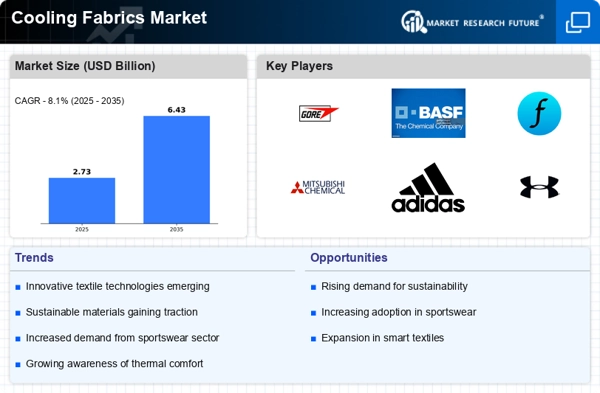
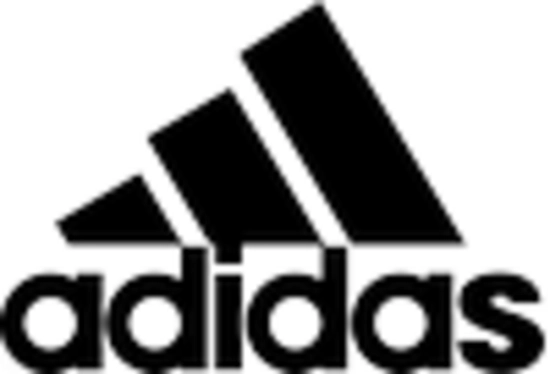
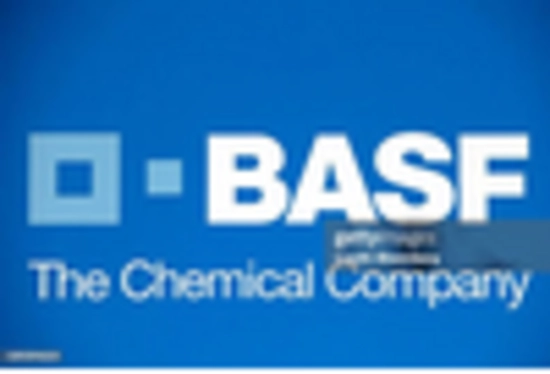
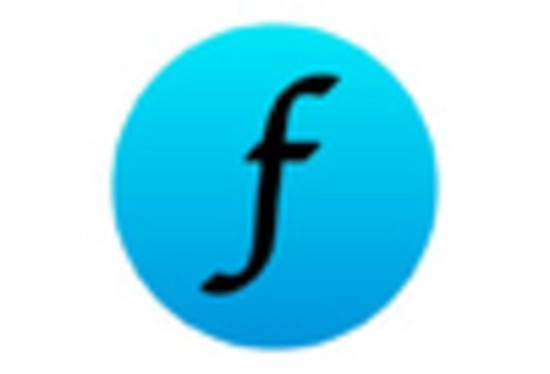
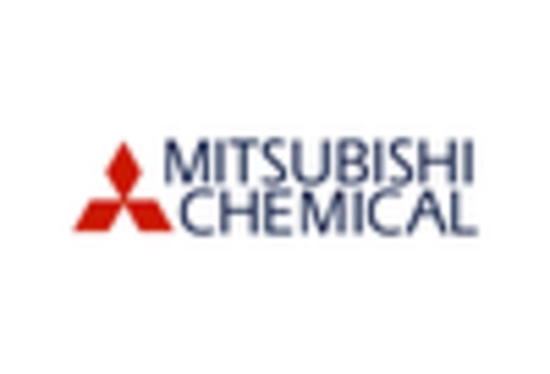
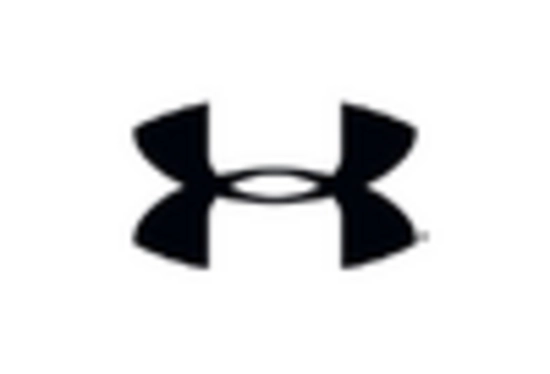
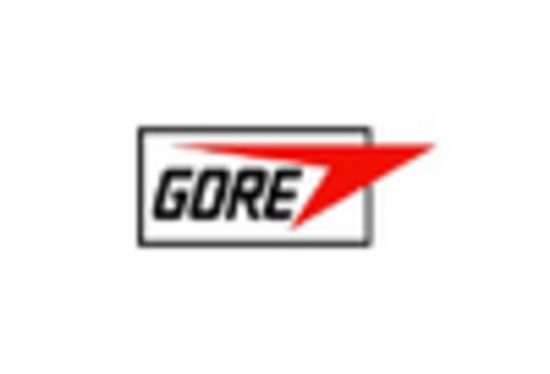








Leave a Comment